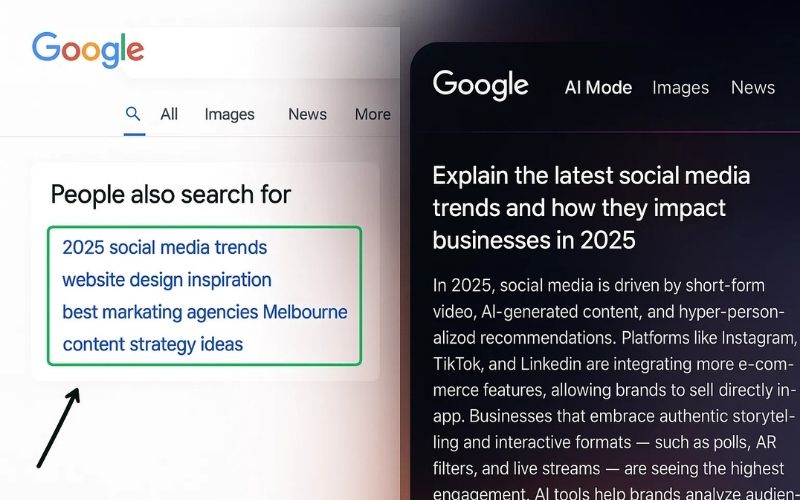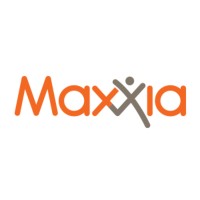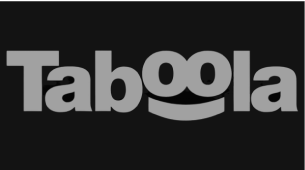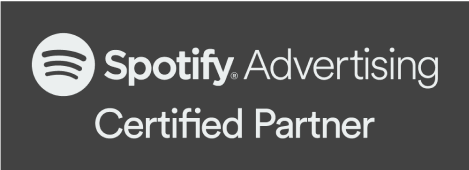How to Set Up a Marketing Calendar
A new year is upon us, which means a fresh start for marketers. It is around this time that most marketing teams will be thinking about the twelve months ahead and how they can plan strategically to maximise returns. This is where a marketing calendar comes in. A marketing calendar covers your marketing activities for the year, with a special focus on events and holidays. Though it might be painstaking work, its potential payoff is huge in the long run. And though we’re already into February, there is still time to get your ducks in a row this year and those that follow.
Why is a marketing calendar important?
Marketing calendars are there to ensure you never miss an opportunity to connect with audiences and sell your brand. We all get caught up in busywork, which is why it is essential to have a solid plan in place to stay on track. Having a fully mapped out marketing calendar ensures that there is a steady stream of promotions in place regardless of how busy the day-to-day may be. Of course, marketing plans aren’t ironclad – as we learned last year, life can be unpredictable at best. There is always room for tweaks and flexibility. But generally speaking, the marketing calendar you design at the start of the year will carry your brand through the following twelve months.
How do I set up a marketing calendar?
Before you get started, you must consider your objectives and resources, and how you can align these with your marketing and advertising material. Ask yourself some key questions:
What’s our marketing spend for the year?
What media will we use?
How often will we release material?
What resources do we have on hand?
Where do we want to be this time next year?
Think about each promotion you plan on running. How can you maximise its value? Many companies follow a three step process. Consider a typical sales event for an online store, for example. The first involves planting the seed in the customers’ mind, giving them a preview of the promotion to come. The next step occurs on execution day, on which you should leverage any resources you have to get the word out about your promotion. Email marketing can work well here. Once your promotion has been run, it’s not over. Remarket those who did not convert, and follow up with those who did so you can make a loyal, retuning customer out of them. Your marketing calendar would reflect all of these key steps.
What dates are important?
It all starts on January 1st when you can run some promotions to ring in the New Year. Consider consumer attitudes around this time. The new year signifies a fresh start and new beginnings – can you work this theme into your campaign? Once you get thinking like this, you’ll be able to connect with your audience in a powerful and memorable way. Next up is Australia Day on the 26th of January, when people are feeling very patriotic (hint hint).
Moving on to February, i.e. Valentine’s Day. Can you offer any special promotions for couples? Or how can you incorporate the theme of love (or lack thereof) into your advertising this month?
Things tend to be pretty quiet this time of the year, but one celebration that does stand out is International Women’s Day on the March 8th. This important event has been gaining notoriety and momentum over the past few years with the rise of social media, as well as significant social and historical movements. Consider how you can celebrate and champion women around this time, and in particular their contribution to your business.
April kicks off with April Fools’ Day – the perfect opportunity to get mischievous with your marketing. Many companies use this opportunity to prank their customers, e.g. announcing a new uncanny product. Easter also falls during April this year. Use pastel colour schemes, images of chicks and bunnies, and of course, Easter eggs. You could also use this event as an excuse to run an Easter-themed sale or promotion. April 22nd marks Earth Day, so you could use this day to tell the world what your company does to stay sustainable.
Star Wars is a pop culture phenomenon, so much so that May 4th is now known as Star Wars Day. See if you can incorporate this into your marketing in a fun and humorous way. Mother’s Day is also widely celebrated on May 9th, so work some content thanking the mothers of the world into your calendar around this time.
Pride Month begins on June 1st. Show your solidarity with the LGBTQ+ community with some relevant material. July is pretty quiet in terms of holidays, but the postponed Olympic Games are scheduled for the 23rd. August is similarly lowkey. But that doesn’t mean your marketing should take a backseat. Keep targeting consumers and engaging with them.
The biggest event in September is Fathers’ Day, when we honour the fathers of the world. Use this to guide some of your marketing campaigns around this time. Other holidays include Oktoberfest (September 19th) and International Day of Peace (September 21st). If either of these are relevant to your business, by all means use them as inspiration – but don’t use them purely for the sake of it.
October is synonymous with Halloween, so make sure to have some spooky deals in place. There’s huge scope for creativity when it comes to Halloween, so try and push the boundaries with these campaigns for maximum impact. October 10th is World Mental Health Day, which is more celebrated than ever these days. This is a delicate topic so treat it with care and consideration.
The final two months of the year is where you need to focus most of your efforts of attention. November and December are jam-packed full of holidays and events, and most businesses will experience their sales peak during this key period. Give a nod to your American and Canadian following with some Thanksgiving material. Shortly following is Black Friday and Cyber Monday, when eager shoppers will spend the weekend hunting for the best deals. Make sure to take full advantage of this with killer offers, and promote them however you can. The Christmas buzz spans across these two months, so make sure to up the ante with your marketing so you sell as much as possible. Boxing Day is another traditional sales event and a great chance to get rid of old stock that won’t budge for a discounted price. Oh, and arguably most importantly for Aussies, the footy finals take place in December.
As the saying goes, fail to prepare, prepare to fail. Now is the time to get your ducks in a row to ensure you make the most of every marketing opportunity every year. A marketing calendar ensures you never miss a beat and send your audience timely content that resonates, positioning your brand as fresh, relevant and in-tune. So start the year off right and get to work on your marketing calendar today.
If you need a helping hand with your digital marketing strategy this year, talk to us at Elephant in the Boardroom. Our dedicated team of experts can get you noticed online through a killer website, social channels and content. We take the time to understand your business and its unique objectives, putting you on a path towards digital domination. Reach out today at www.elephantintheboardroom.com.au.





















